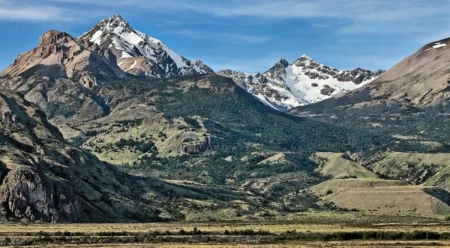Patagonia Park and Pumalín Park Officially Join Chile’s National Park System
As you have hopefully heard, January 29, 2018 was a historic day for Chile. On a cool, windy afternoon, we welcomed President Michelle Bachelet to Patagonia Park headquarters to sign the decrees creating Pumalín National Park – Douglas R. Tompkins and Patagonia National Park, solidifying the donation pledge we both signed in March 2017.
These lands, along with the beautiful infrastructure envisioned and created by my husband Doug, have now been formally accepted by Chile’s National Park Service and will be protected in perpetuity for generations to come. I am proud to have signed these decrees on behalf of Doug and our team members and partners around the world, and honored that the government of Chile recognizes Doug’s legacy by giving Pumalín, his first and most iconic conservation philanthropy project, his name. After 25 years of work, we can hardly believe this day finally arrived.
This collection of land and infrastructure donated by Tompkins Conservation took decades of work and many partners. Supporters from Hong Kong to Ventura, employees, volunteers and partners of Conservacion Patagonica and The Conservation Land Trust have made immeasurable contributions to both of these parks. This grand donation, which is considered the largest donation of private land to a government in history, would not have been possible without this collective effort. The one million acres given by Tompkins Conservation, combined with nine million acres of federal land donated by the government, will expand Chile’s national parklands by 10 million acres, a 38.5% increase. The signing of these decrees cements Chile as one of the global leaders in conservation today.
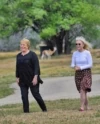
President Michelle Bachelet and Kristine McDivitt Tompkins. Photo: Tompkins Conservation
In an era filled with terrible news about the daily destruction of our beautiful planet, we hope that these parks and their story demonstrate to everyone that there are still ways to fight back. After the announcement on January 29, 2018, the New York Times published my op-ed “Protecting Wilderness as an Act of Democracy,” which will hopefully serve as a reminder that the continuing degradation of wilderness is not the only path forward.
Doug and I have always been firm believers that a country’s natural masterpieces are best held and protected by the public for the common good. National Parks are the gold standard of conservation—they belong to everybody. They remind us that we are part of something larger than ourselves. They remind us that regardless of race, economic standing or citizenship, we all depend on a healthy planet for our survival.
The story of the creation of Patagonia National Park and Pumalín National Park – Douglas R. Tompkins, this wild legacy, belongs to us all. As part of the “Route of Parks,” a 17-park network spanning more than 1,500 miles from Puerto Montt to Cape Horn, Patagonia National Park and Pumalín National Park – Douglas R. Tompkins will continue to safeguard Chilean Patagonia’s wilderness and welcome visitors from around the globe for generations to come. I am forever grateful for the work we have done together, for Doug’s incredible vision and this spectacular commitment by the government of Chile. We hope you can all take a moment to enjoy this unprecedented step towards the protection of wild nature.
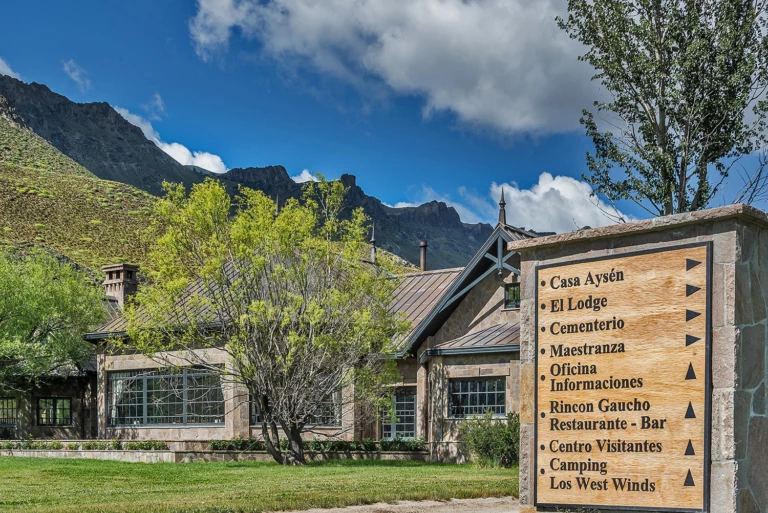
Patagonia National Park offers an accessible park experience for visitors from around the world to appreciate the wild beauty of Patagonia. By providing visitors of all types with an intimate and exciting experience in wild nature, we hope to inspire a greater conservation ethos that will promote better environmental stewardship far beyond the boundaries of the park. Photo: Tompkins Conservation
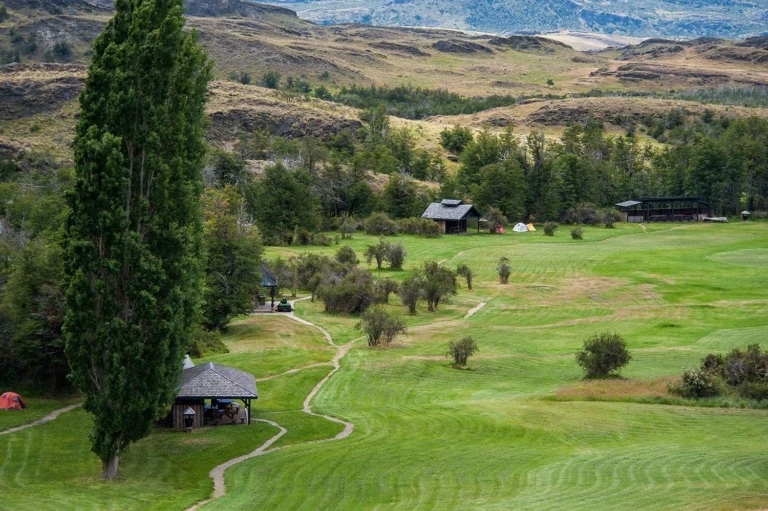
Stay at the Lodge at Valle Chacabuco or one of multiple campgrounds during your visit. West Winds Campground, shown here, is accessible by car or by foot via the La Vega trail, which connects the campground to the park’s headquarters (about a thirty-minute walk). Photo: Tompkins Conservation

Wherever you stay, you’ll have access to miles of trails that wind through the park’s grassland valleys and up among the high lakes. The Lago Chico Loop for example offers a scenic 7.5-mile hike around Lago Chico or a shorter stroll to a scenic overlook. Photo: Tompkins Conservation

For those interested in overnight hikes, the Aviles Valley trail is the only established multi-day trail in Patagonia National Park at the moment. Backpackers can continue past the end of the Aviles Trail and connect to trails in the Jeinimeni Mountains, which eventually end at the town of Chile Chico. Photo: Tompkins Conservation
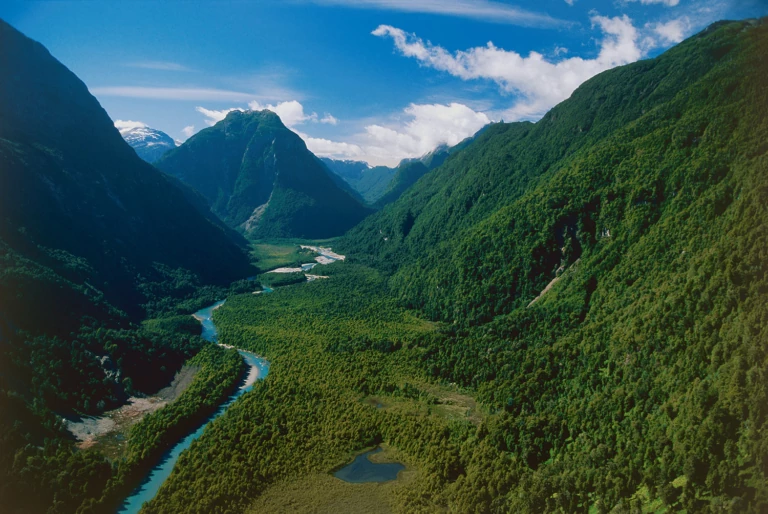
Pumalín National Park – Douglas R. Tompkins offers a plethora of opportunities for exploration, wildlife-watching, learning and relaxing. Sea kayakers can explore the Comao and Reñihué fjords, where dolphins, sea lions and whales are spotted frequently. Hikers can find a range of trails, from beginner to advanced, leading to waterfalls, volcanoes and through the rainforest. Skilled climbers will find endless unclimbed peaks to explore, with massive granite walls and expansive glaciers. Those interested in diverse and unusual flora can enjoy self-guided botanical walks. Cyclists are welcome and encouraged to travel through the park. Photo: Tompkins Conservation
Ready to come see for yourself? Start planning your visit to Patagonia National Park and Pumalín National Park – Douglas R. Tompkins.
